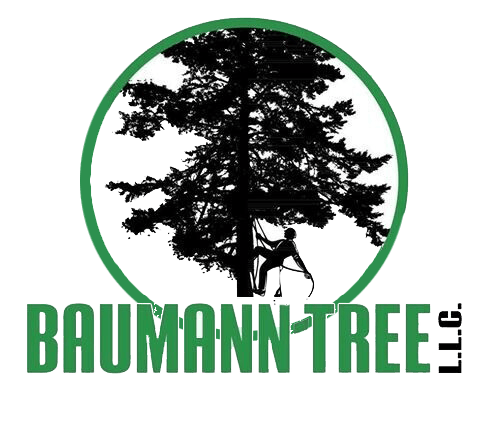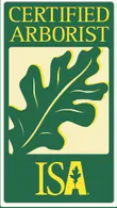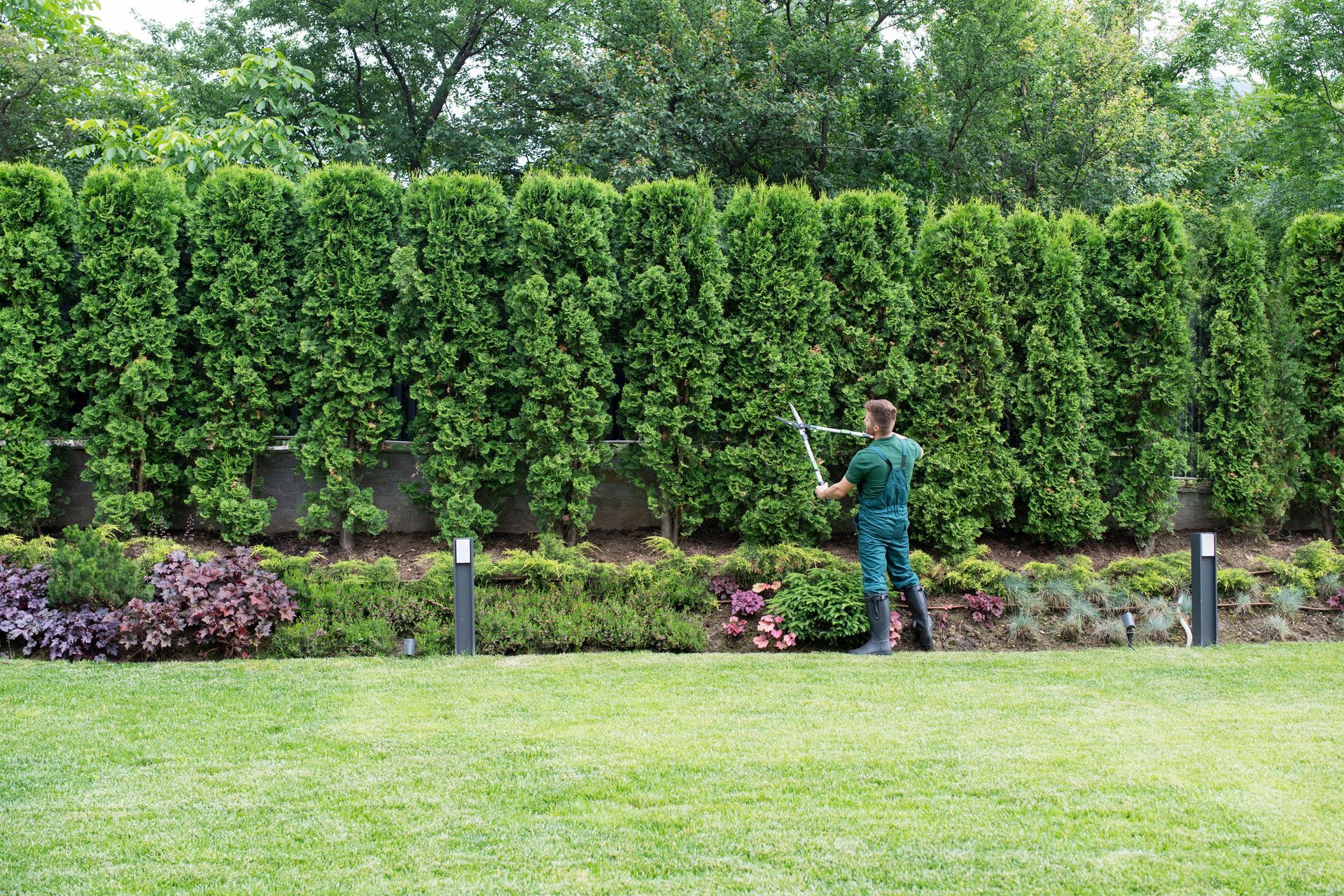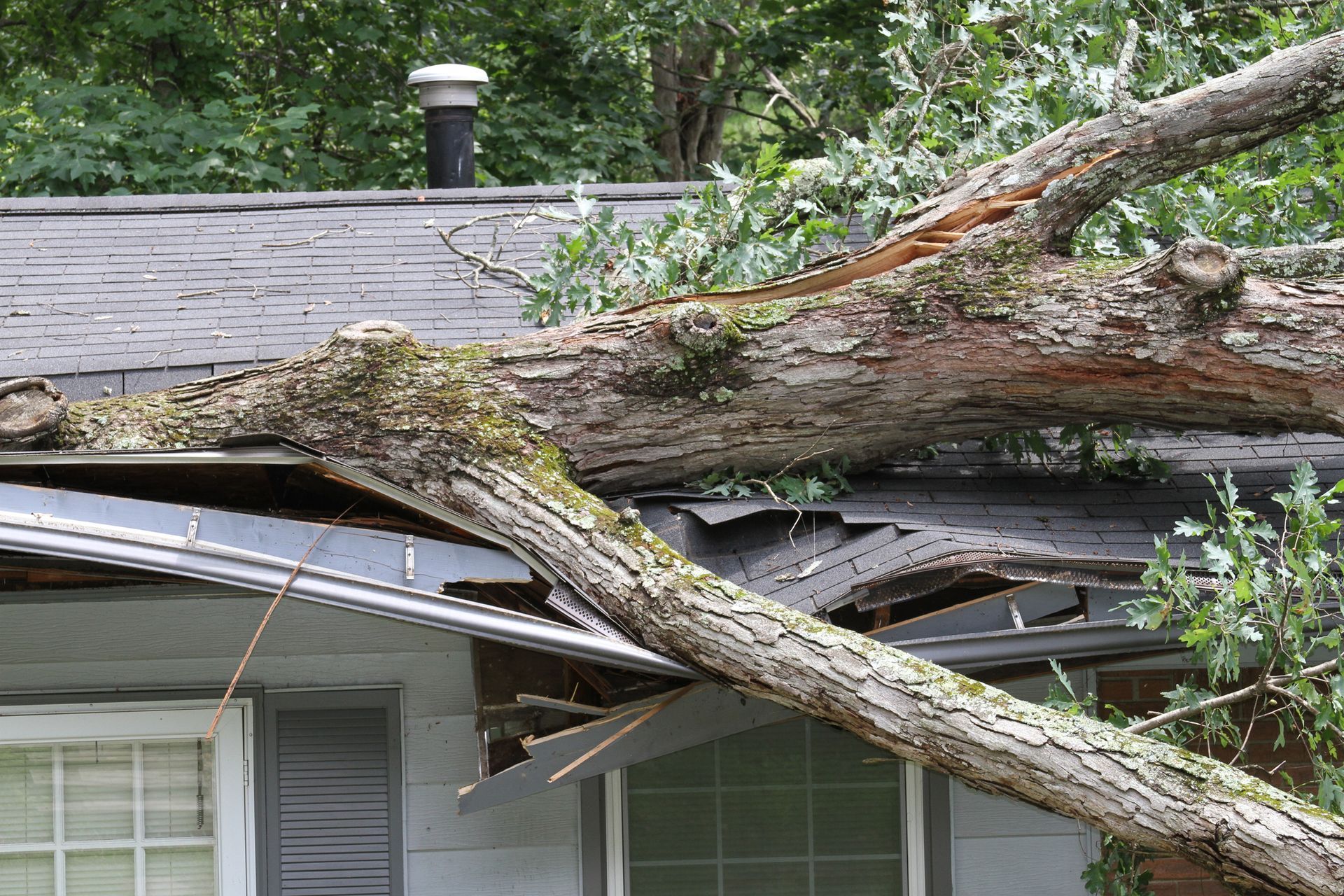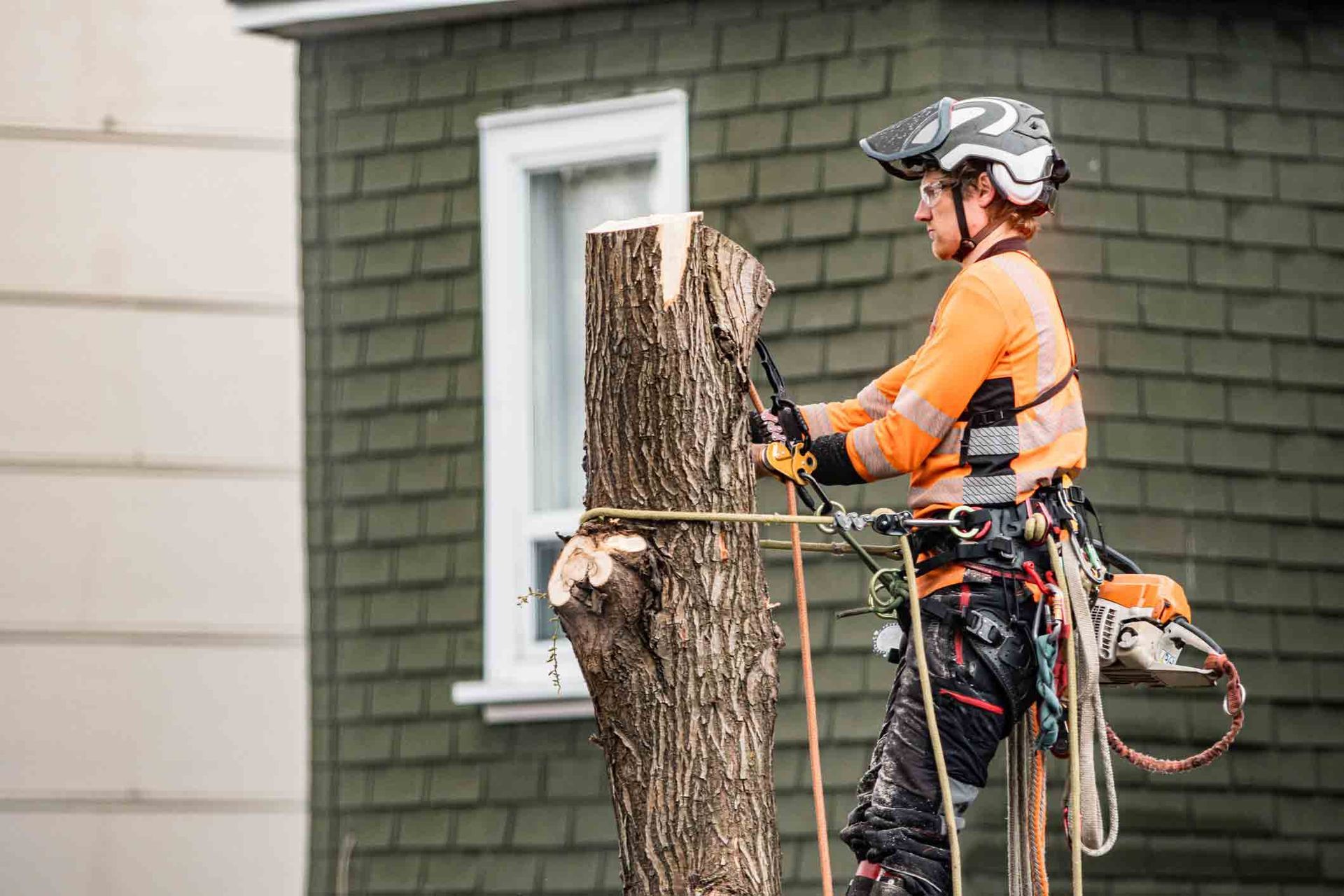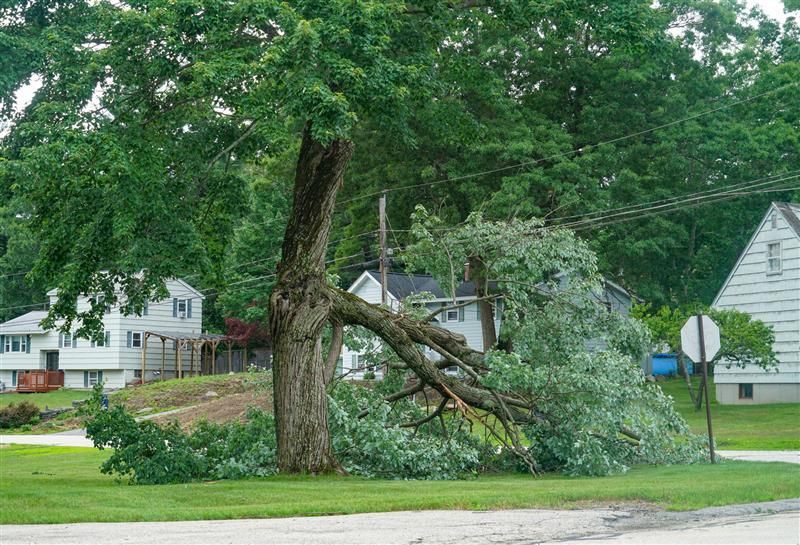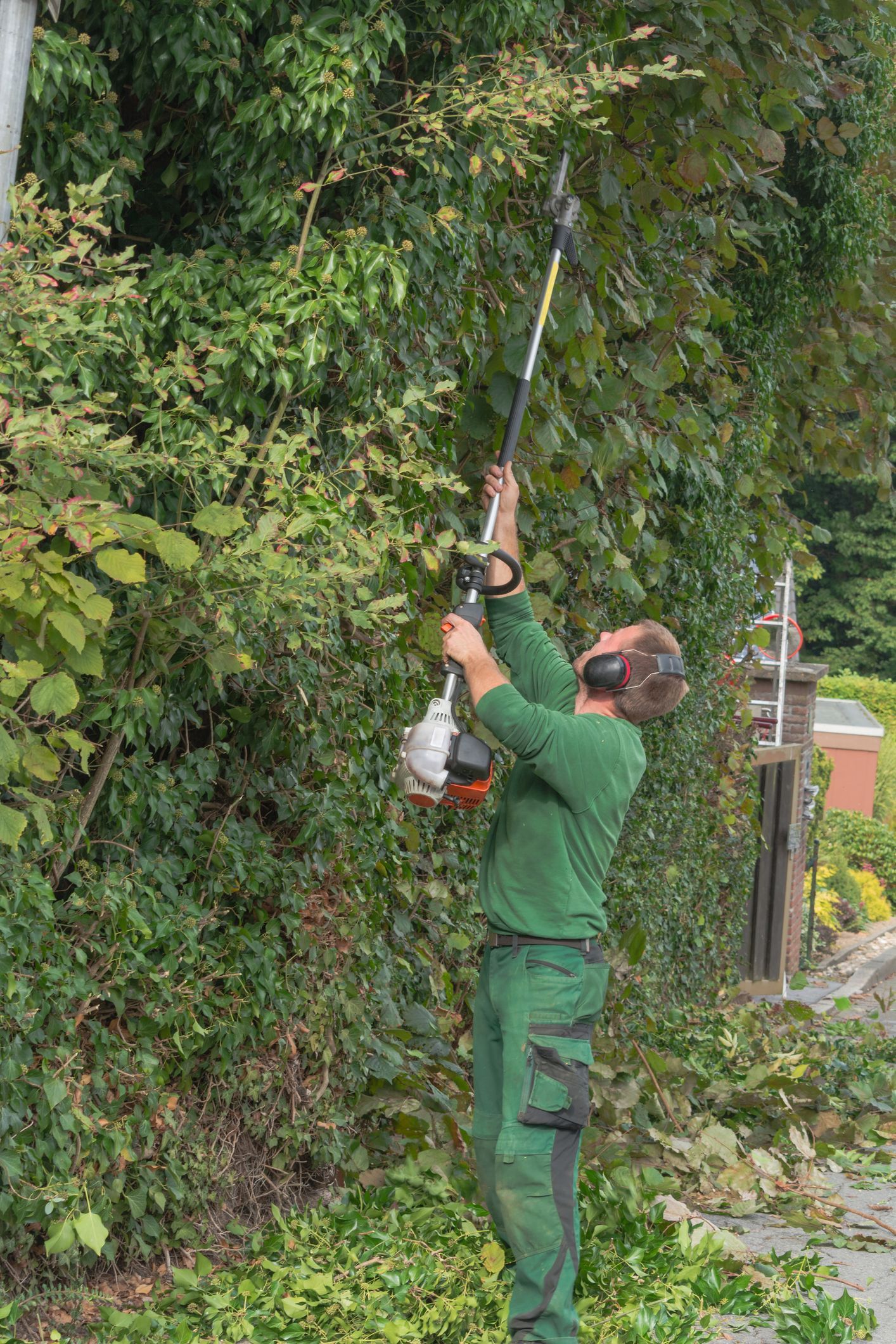Learn About Tree Bark Health
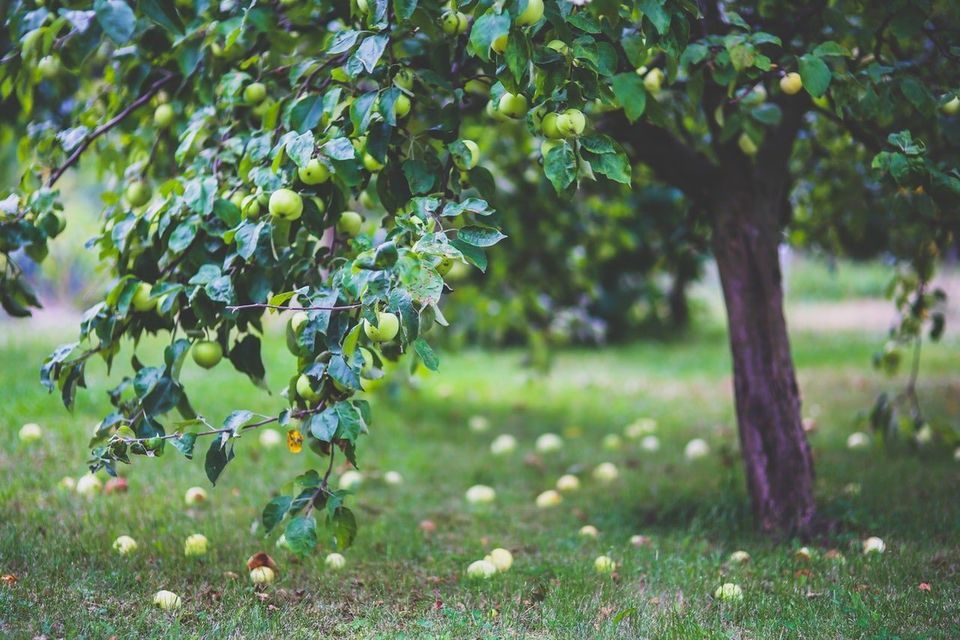
Your tree's bark is easy to overlook, but it's one of the most important components of any landscape tree. Bark plays important roles in nutrient transport, defense from insects, protection from physical damage, and more.
Here's what you need to know about your tree's bark, how to keep it healthy, and how to prevent or spot common tree bark problems.
Tree Bark Anatomy and Functions
Your tree has multiple layers of bark. As you can imagine, the outermost layer has to be thick and strong to protect the inside of the tree from weather, pests, and diseases. The inner layer of bark is called the phloem, and is used to distribute nutrients to the tree's branches and leaves.
Knowing these functions of your tree bark, you can imagine that keeping the bark intact and healthy is critical if you want your tree to grow strong, get the nutrients it needs, and avoid infections and diseases.
Tree Bark Care
Most of the time, tree bark requires no special care. You just need to keep an eye out for any signs of pests or diseases. However, if you're planting a young tree in a sunny area in summer, the bark may require a little protection if it's not used to high levels of sun.
In this case, you may want to paint the tree's bark white or wrap it with something designed to help the bark avoid sunscald. Young trees may also benefit from having their trunks wrapped in winter to reduce chances of bark damage. Talk to your tree care contractor to learn if this is a concern in your area.
Mistakes to Avoid
Landscape trees are unlikely to encounter natural predators other than insects, but they can often be inadvertently damaged when you (or your landscaping personnel) mow your lawn. Using a mower or string trimmer near the trunk of a tree is a mistake because it can harm the tree's bark.
Bark injuries can let in infections or even cause malformation that could make the tree structurally unsound later. In addition, the more bark damage occurs, the more damaged the tree's nutrient transport system will be. If the bark is badly damaged all the way around (called girdling), this can effectively starve the tree and kill it.
One common sense way to avoid such damage is to ensure the trunk is set back from the lawn in a flower bed or a bed of mulch. Adding even a small bed of mulch around the tree can eliminate the need to trim near the tree with potentially damaging mowers or trimmers.
Bark Diseases and Infections
In some cases, a tree could develop a canker in its bark. These can appear as a dark, sunken, moist spot on the bark. Sometimes these cankers occur on the bark of a branch, while other times they occur on (or spread to) the tree's trunk. A canker is a type of infection that injures the tree and eventually degrades its structural stability as well.
In many cases, you'll need to have the tree branch removed professionally to keep the canker from spreading. Some experts also recommend using a sealing substance after pruning to reduce the chances that bacteria can get in through the damaged bark.
Other bark-affecting diseases include beech bark disease, black knot disease, Dutch elm disease, and more. Any oozing, dark, sunken spots or odd-looking growths on the bark may be cause for concern, so if you see these signs, ask a tree expert to help you identify the problem.
These are some of the basics you'll need to know about tree bark if you want your trees and their bark to stay strong and healthy. Use this information to become a more knowledgeable tree owner, and contact Baumann Tree, your trusted tree care company, to learn more about professional pruning and other types of tree care.
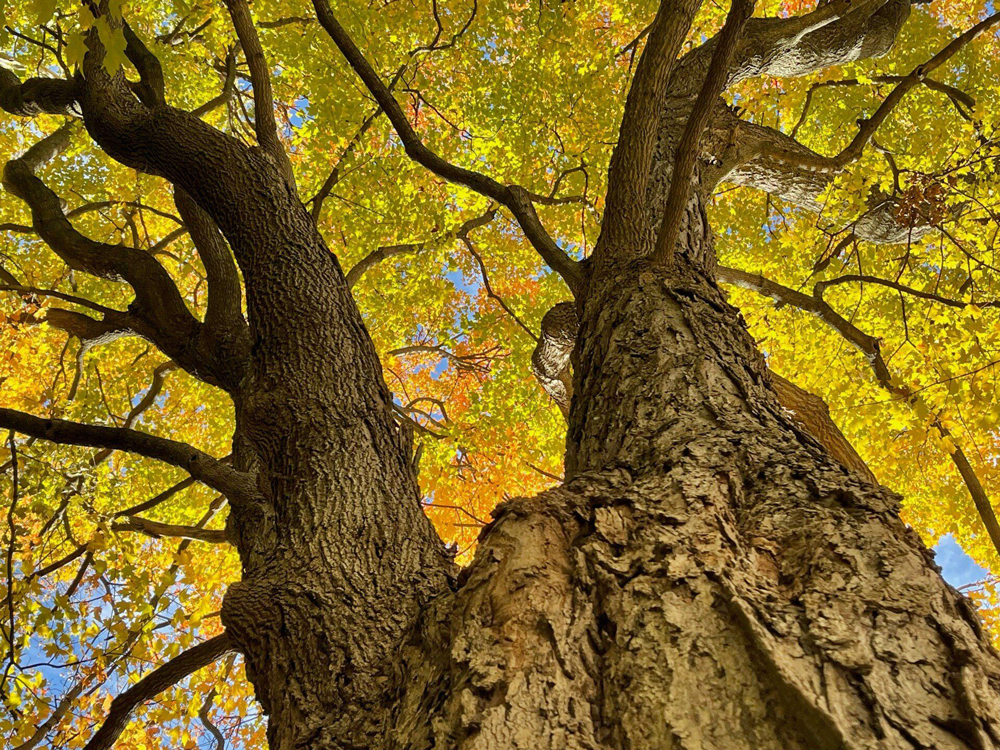
When you need expert tree care in St. Louis, MO, Baumann Tree is the trusted local tree service you can rely on. Specializing in tree removal, trimming, and general maintenance, their skilled team ensures your trees stay healthy and your property stays safe. Whether it’s a routine trim, storm damage clean-up, or large tree removal, Baumann Tree offers reliable and affordable solutions tailored to your needs. With a focus on customer satisfaction and quality service, Baumann Tree uses top-of-the-line equipment to handle every job with precision and care. For all your tree service needs in St. Louis, MO, call Baumann Tree at 636-375-2812 for professional, friendly local tree service you can count on.
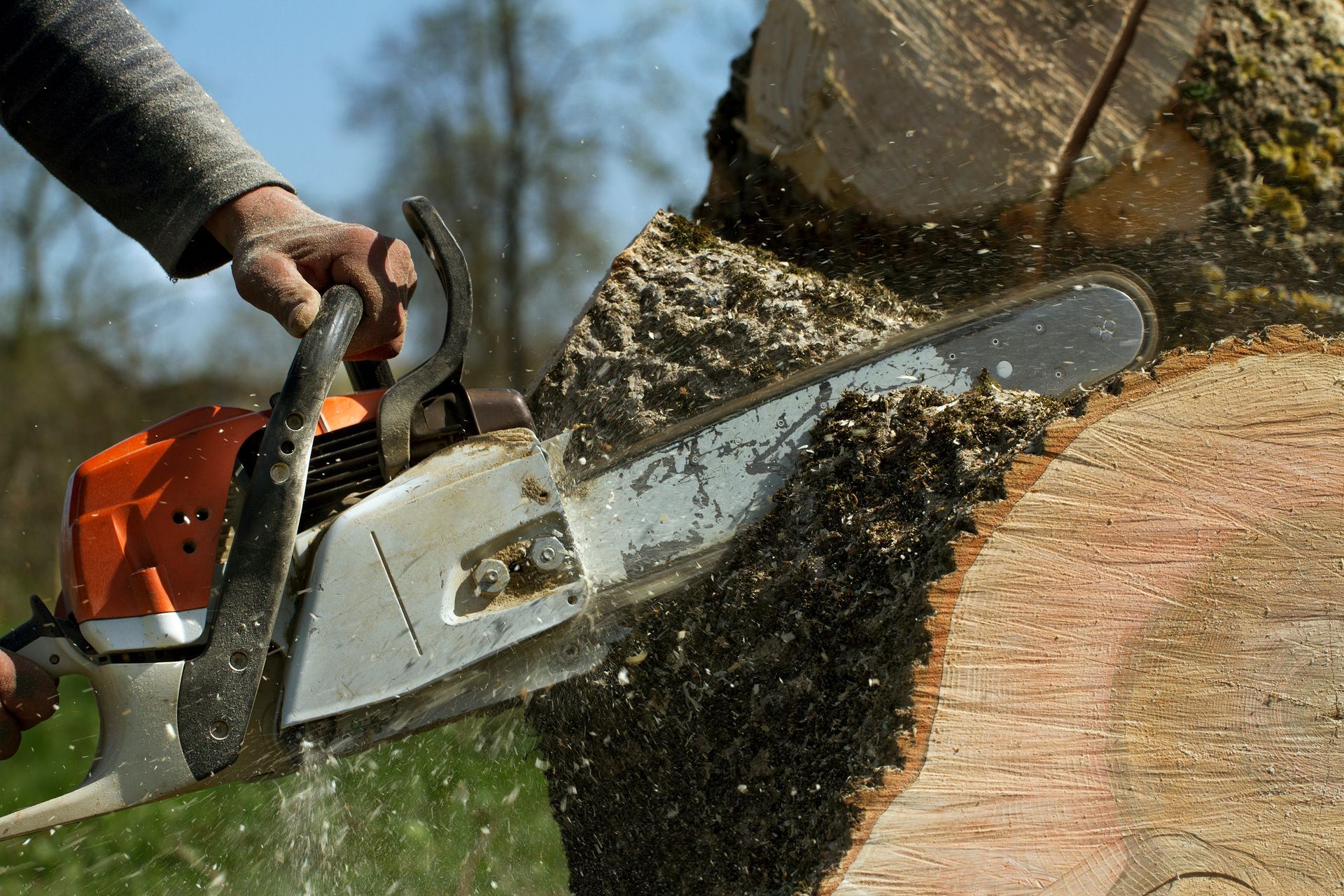
Trees are beautiful additions to any landscape, but there are times when tree removal becomes necessary for safety, aesthetic, or health reasons. Whether it’s due to storm damage, disease, or the need for space, removing a tree requires expert care and precision. That’s where Baumann Tree comes in. As one of St. Louis’ premier tree service providers, we specialize in safe, efficient, and affordable tree removal to ensure the well-being of your property.
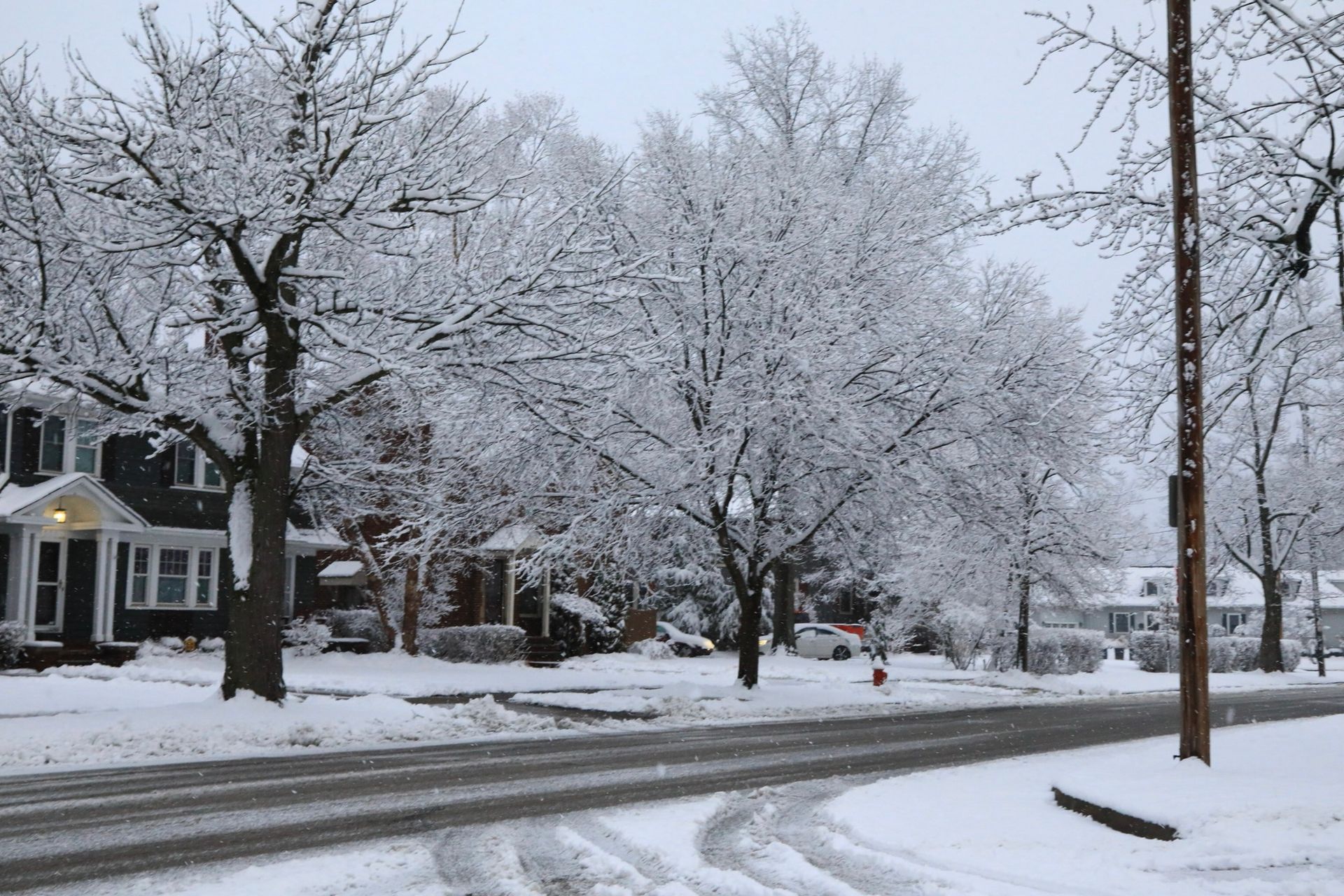
Winter in St. Louis, MO, can bring harsh conditions, including snow and ice that can cause significant damage to your trees. At Baumann Tree Service , we are your trusted local tree service company, dedicated to ensuring your trees stay healthy and safe throughout the winter months. With our professional snow and ice tree services, we help prevent damage caused by the weight of snow and ice, so you can enjoy peace of mind during even the harshest winter storms.
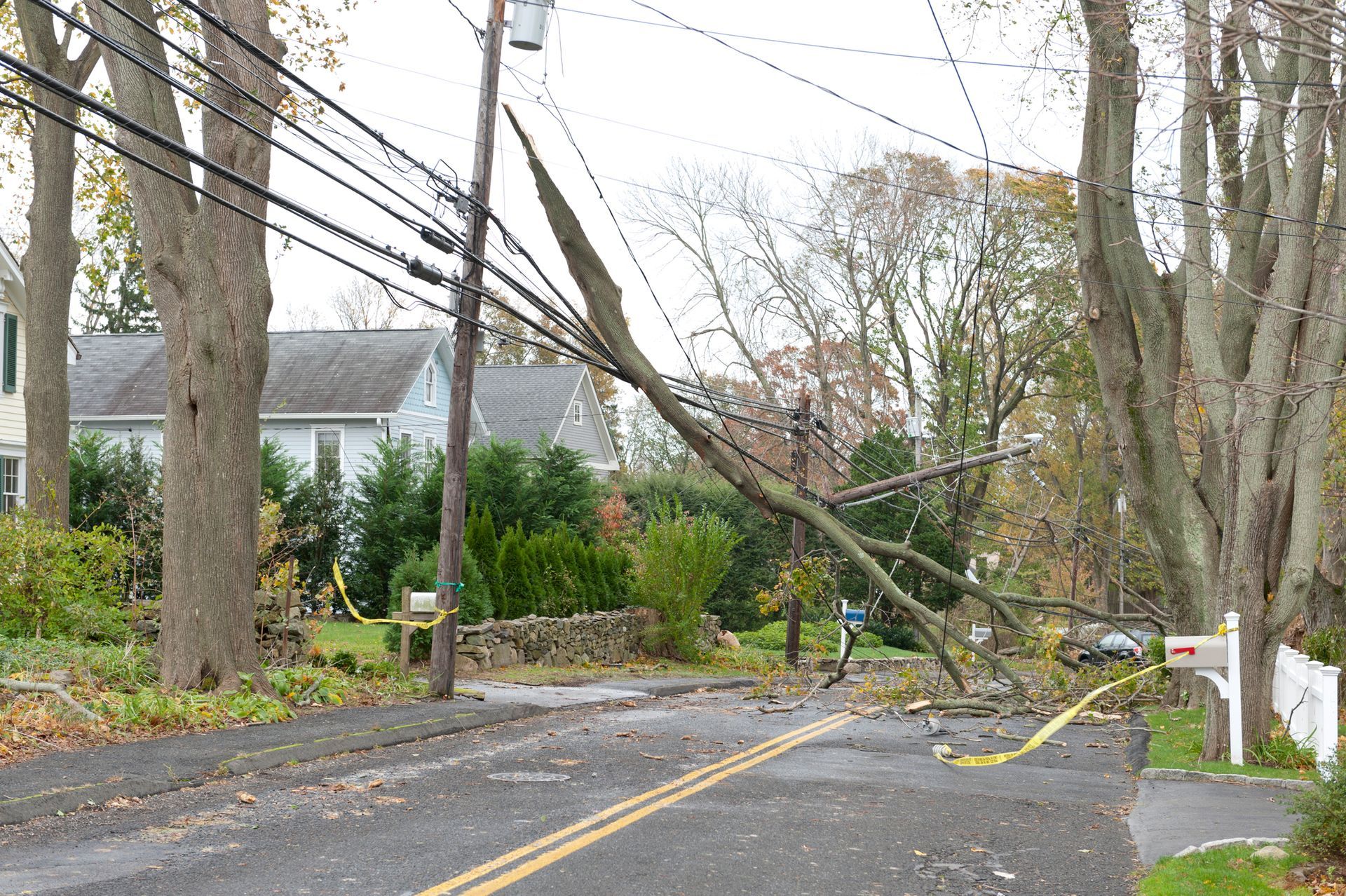
When a powerful storm strikes, it can leave behind a trail of destruction. Downed trees, broken branches, and hazardous debris can quickly turn your property into a dangerous area. Whether it's a summer thunderstorm, winter snowstorm, or spring tornado, storm damage can affect your trees and landscape in unexpected ways. At Baumann Tree Service , we understand the urgency of tree-related storm damage and are proud to offer Emergency Storm Damage Tree Services to ensure your property stays safe and protected.
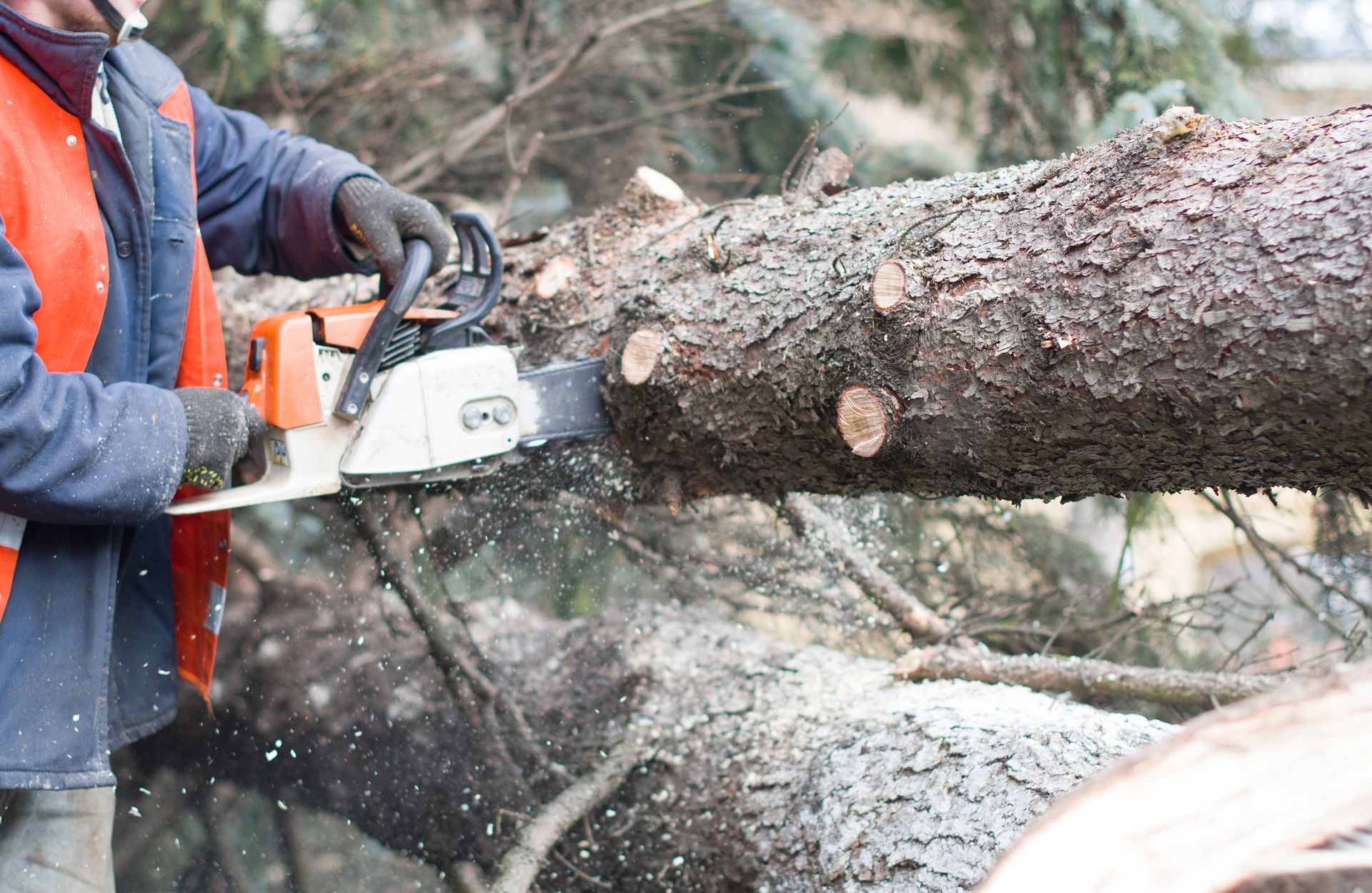
When it comes to tree removal in St. Louis, MO, finding a reliable, skilled, and professional tree care service is key to ensuring the safety of your home and property. Baumann Tree has built a stellar reputation for providing top-quality tree removal services , and it’s no surprise why so many homeowners in the area trust us with their tree care needs. With glowing reviews from satisfied customers, Baumann Tree is the go-to choice for tree removal in St. Louis.
